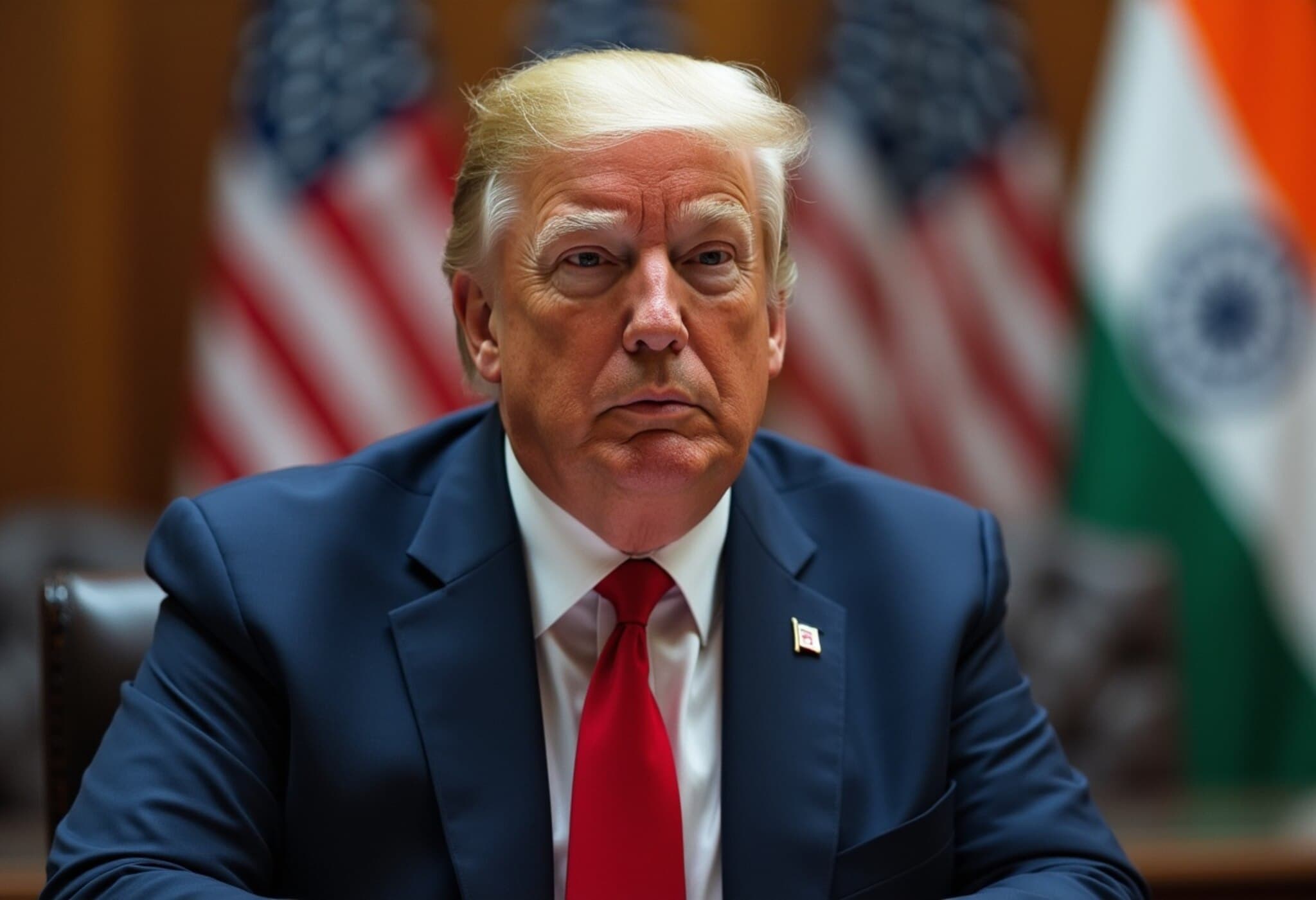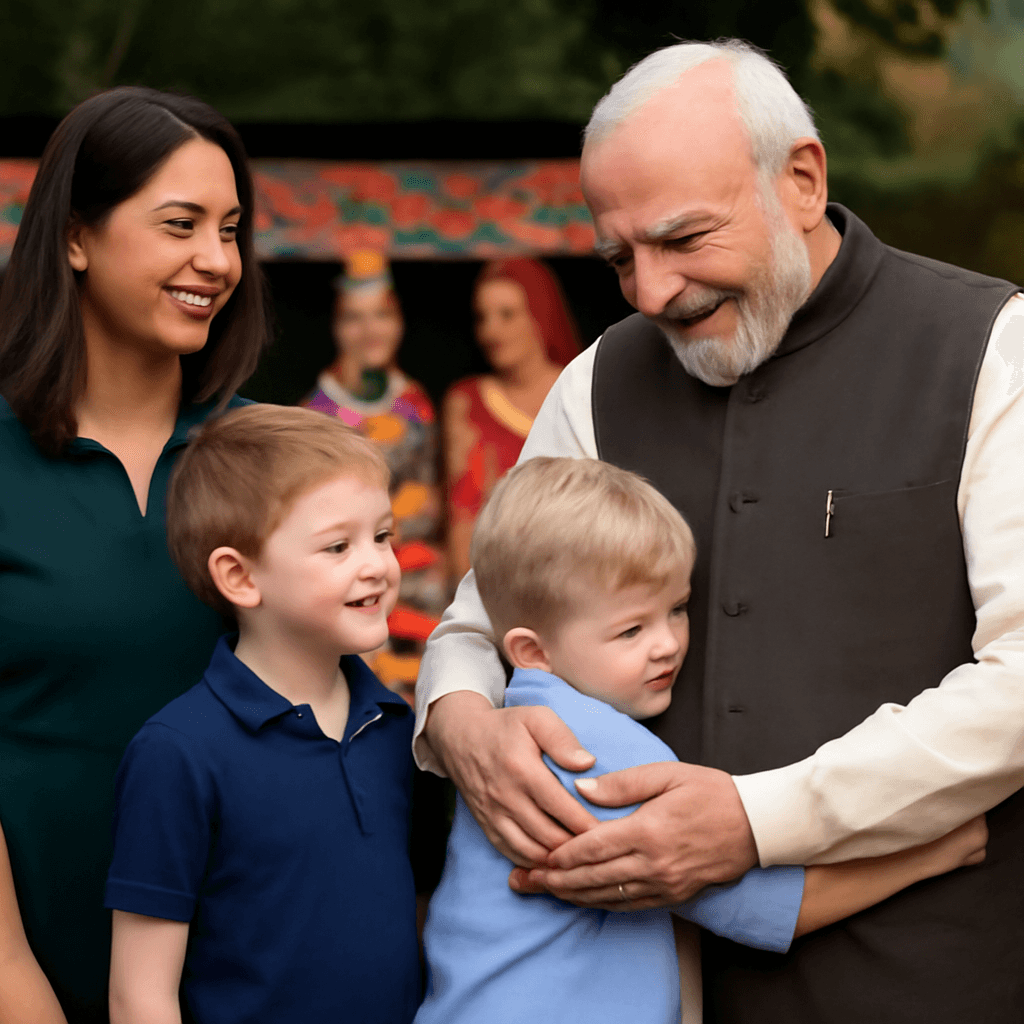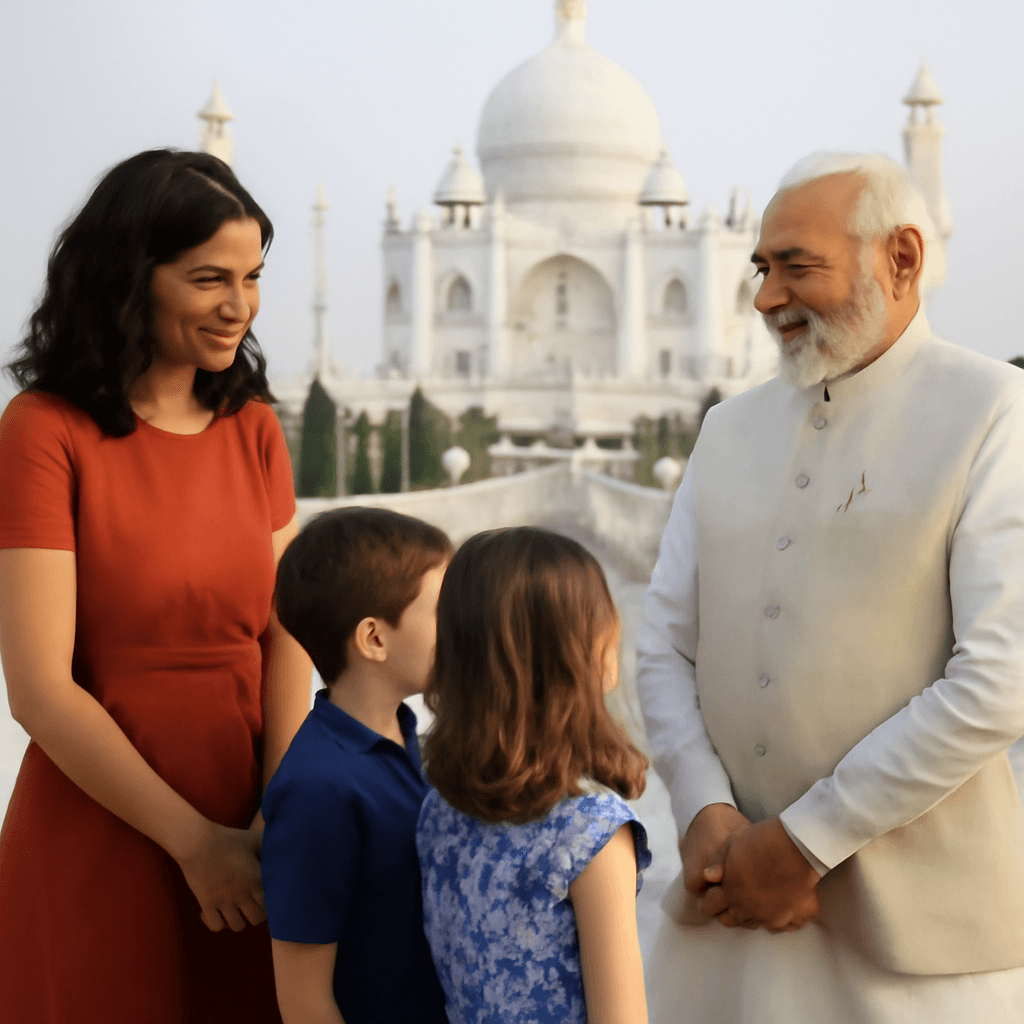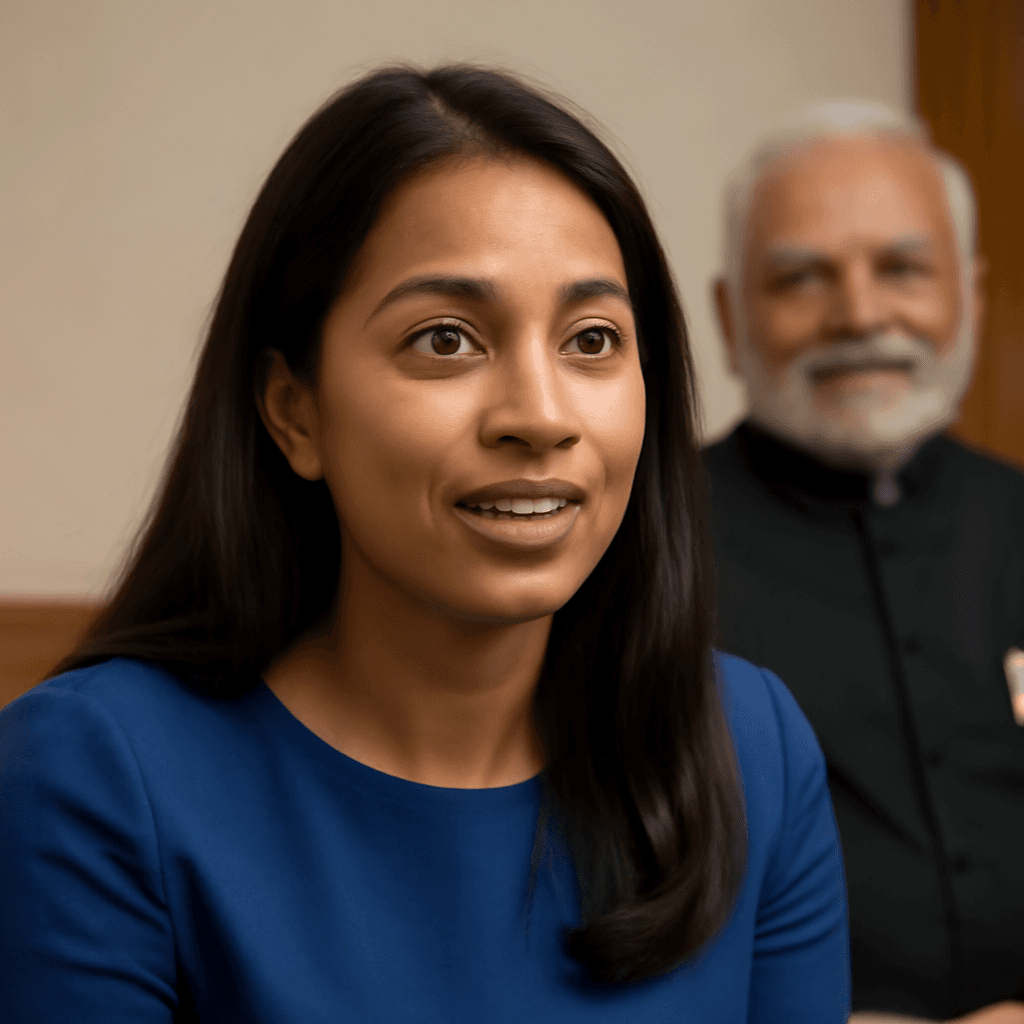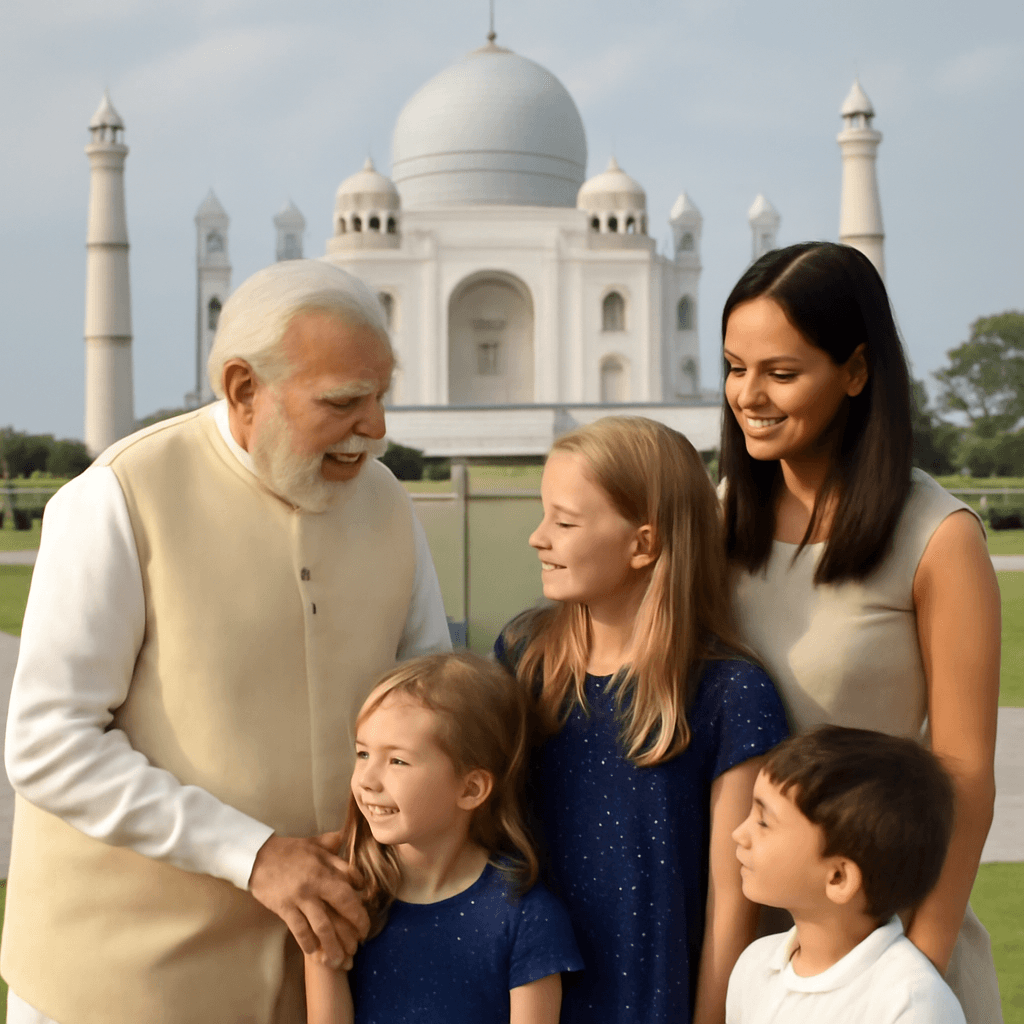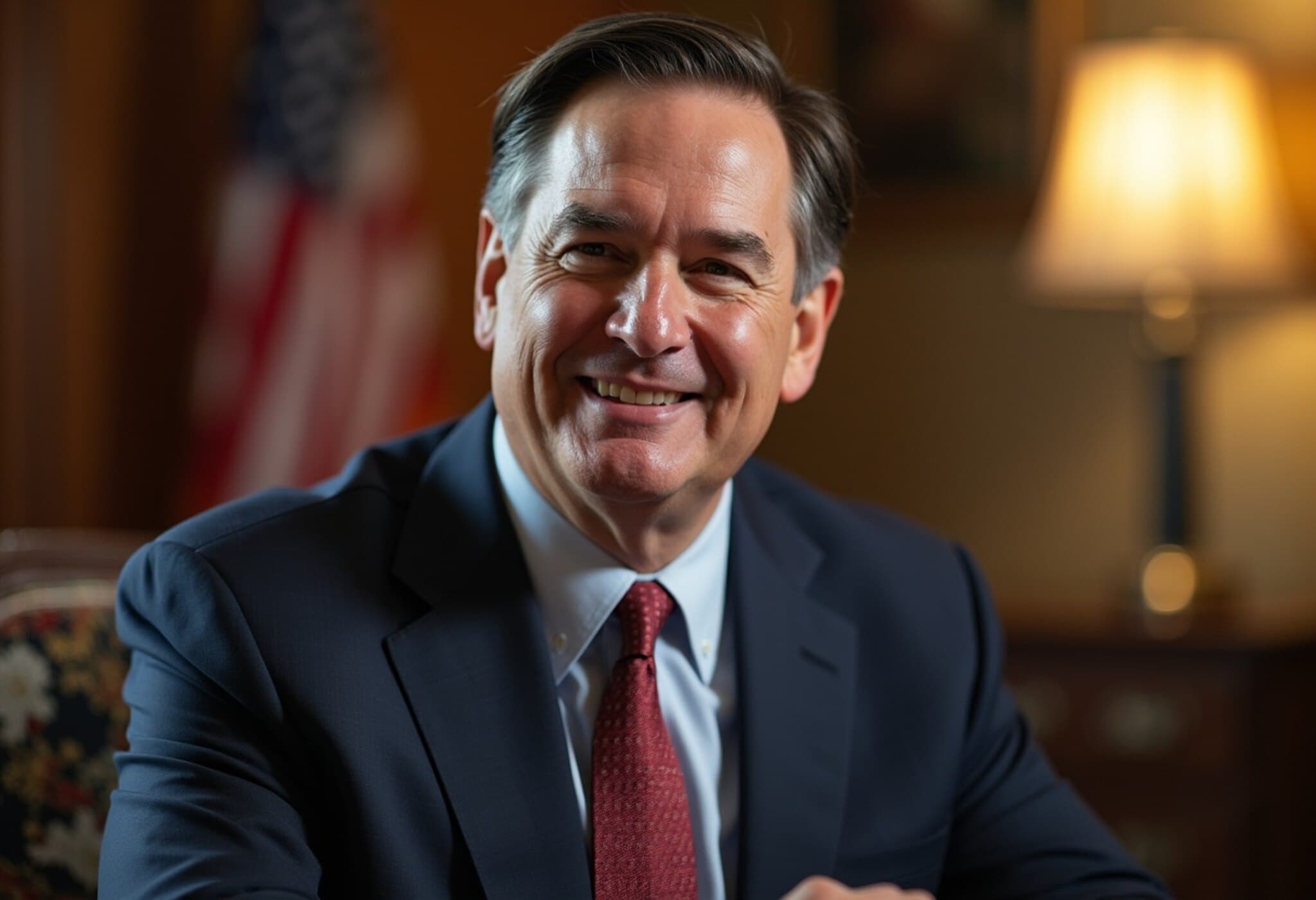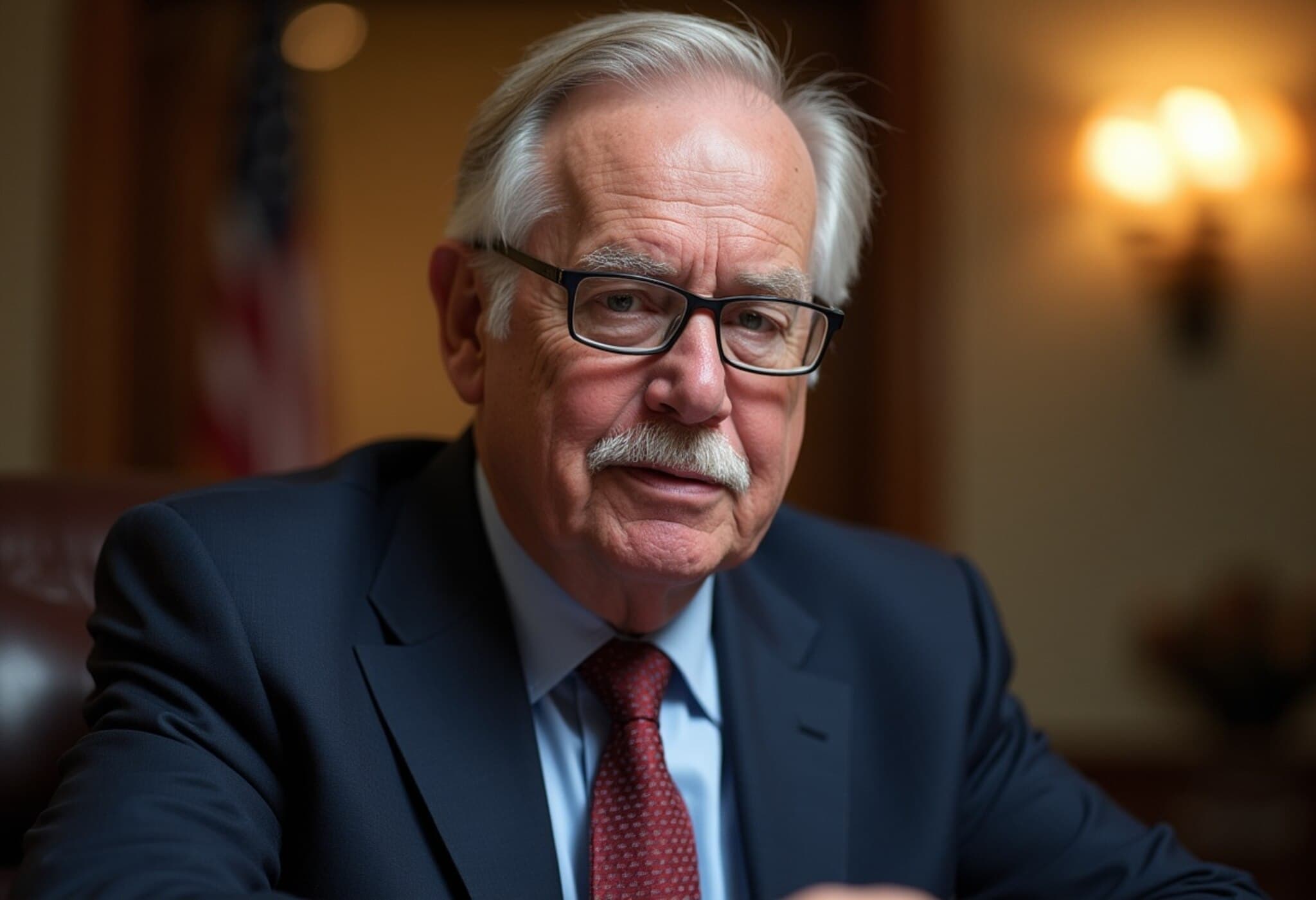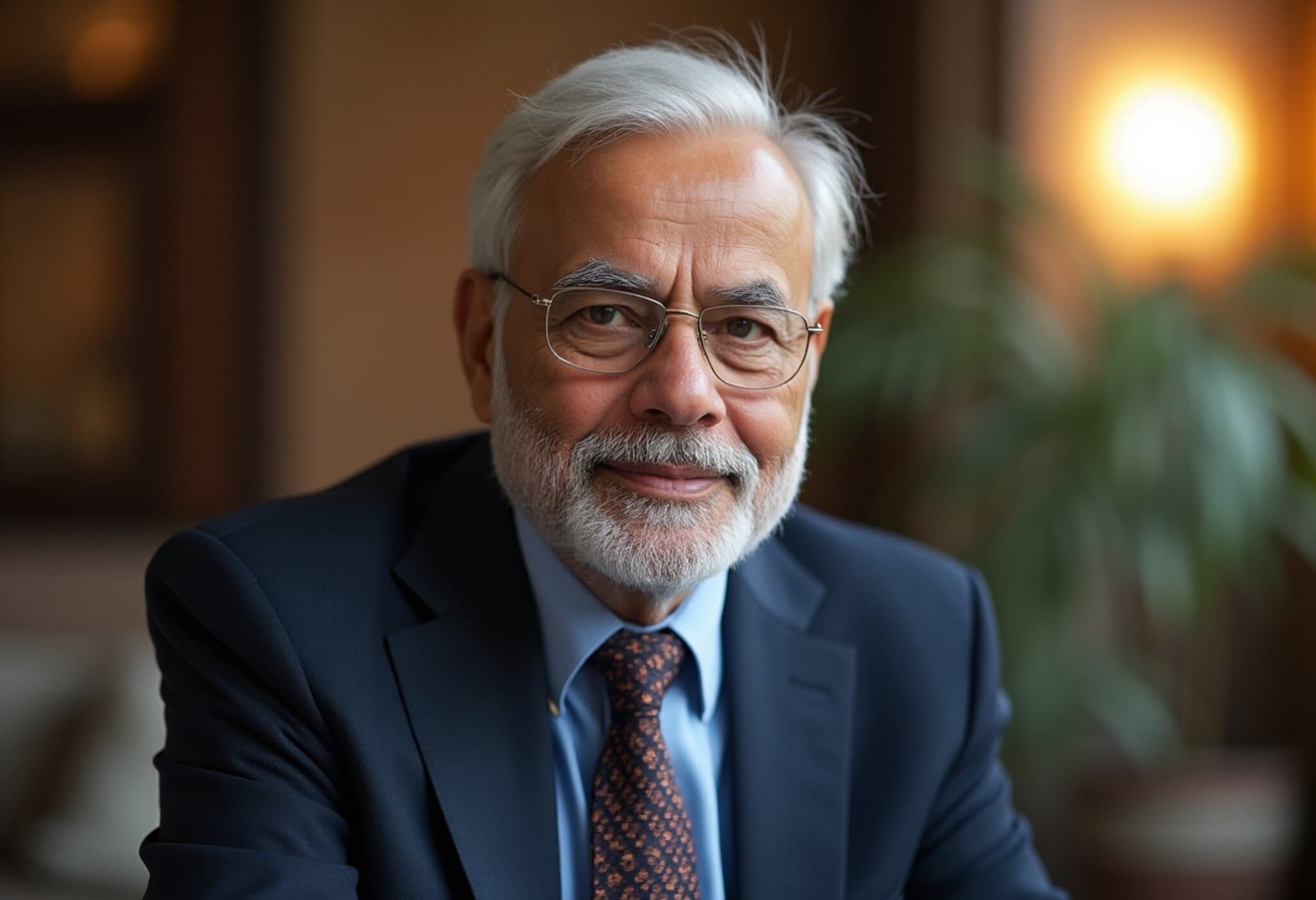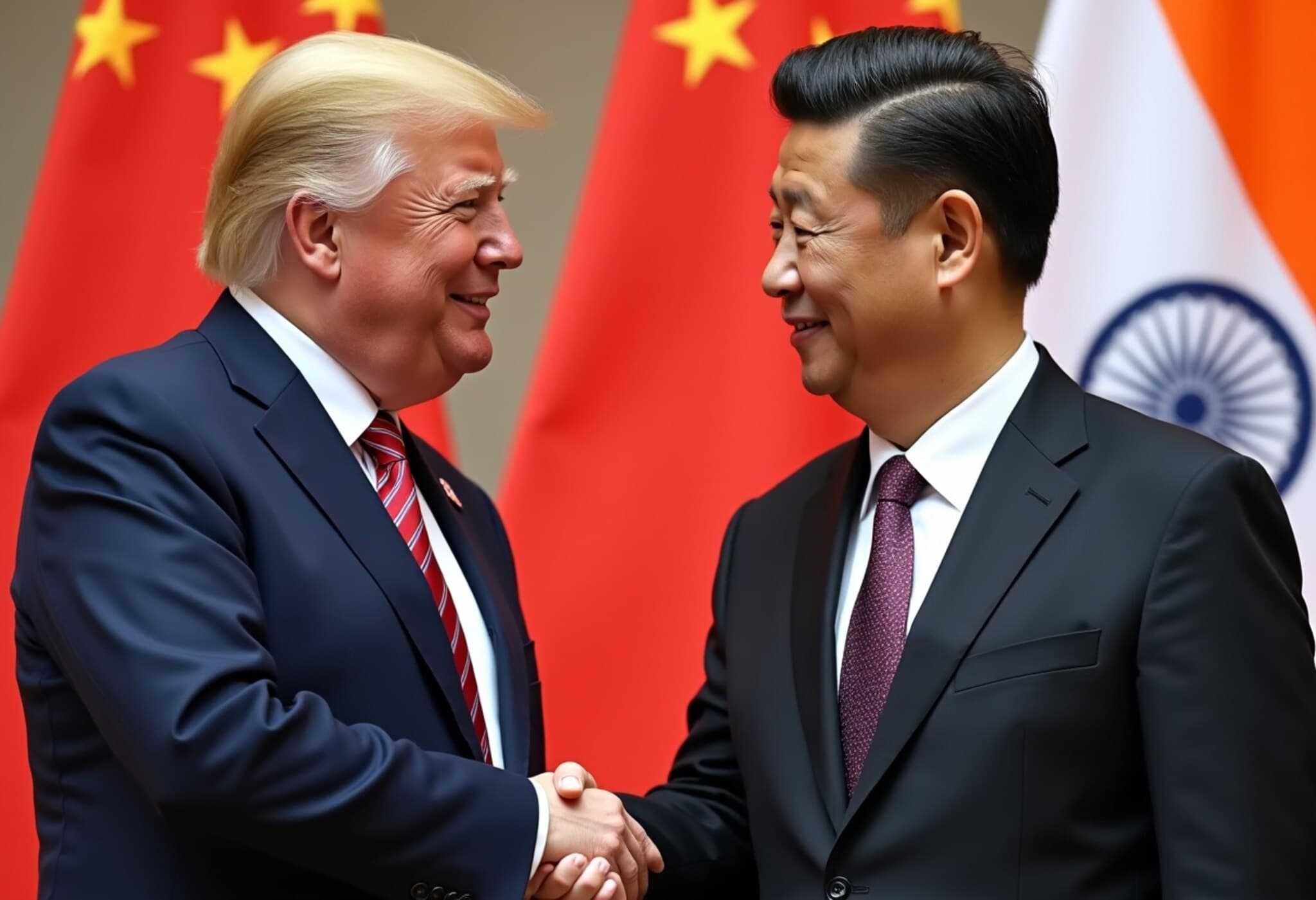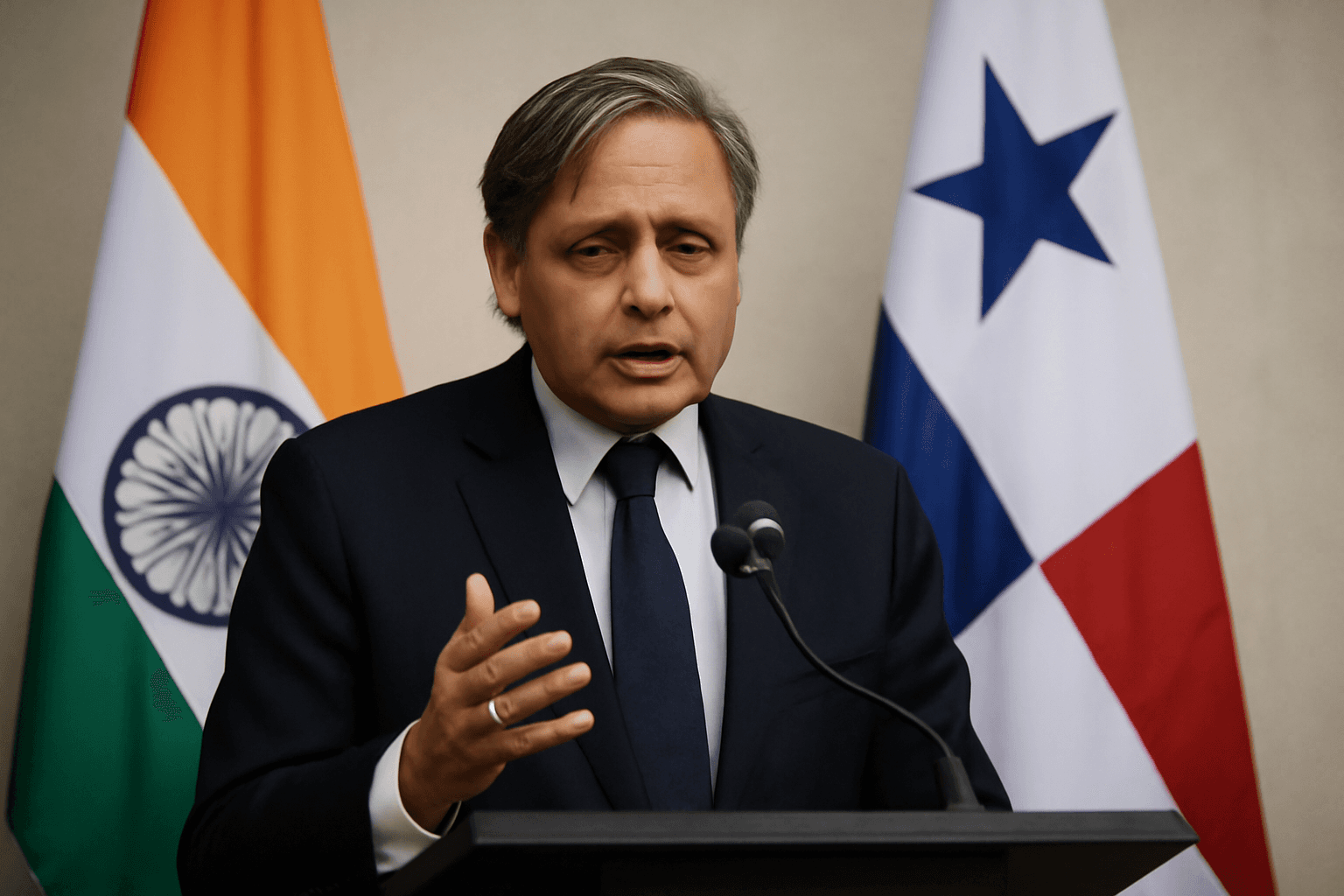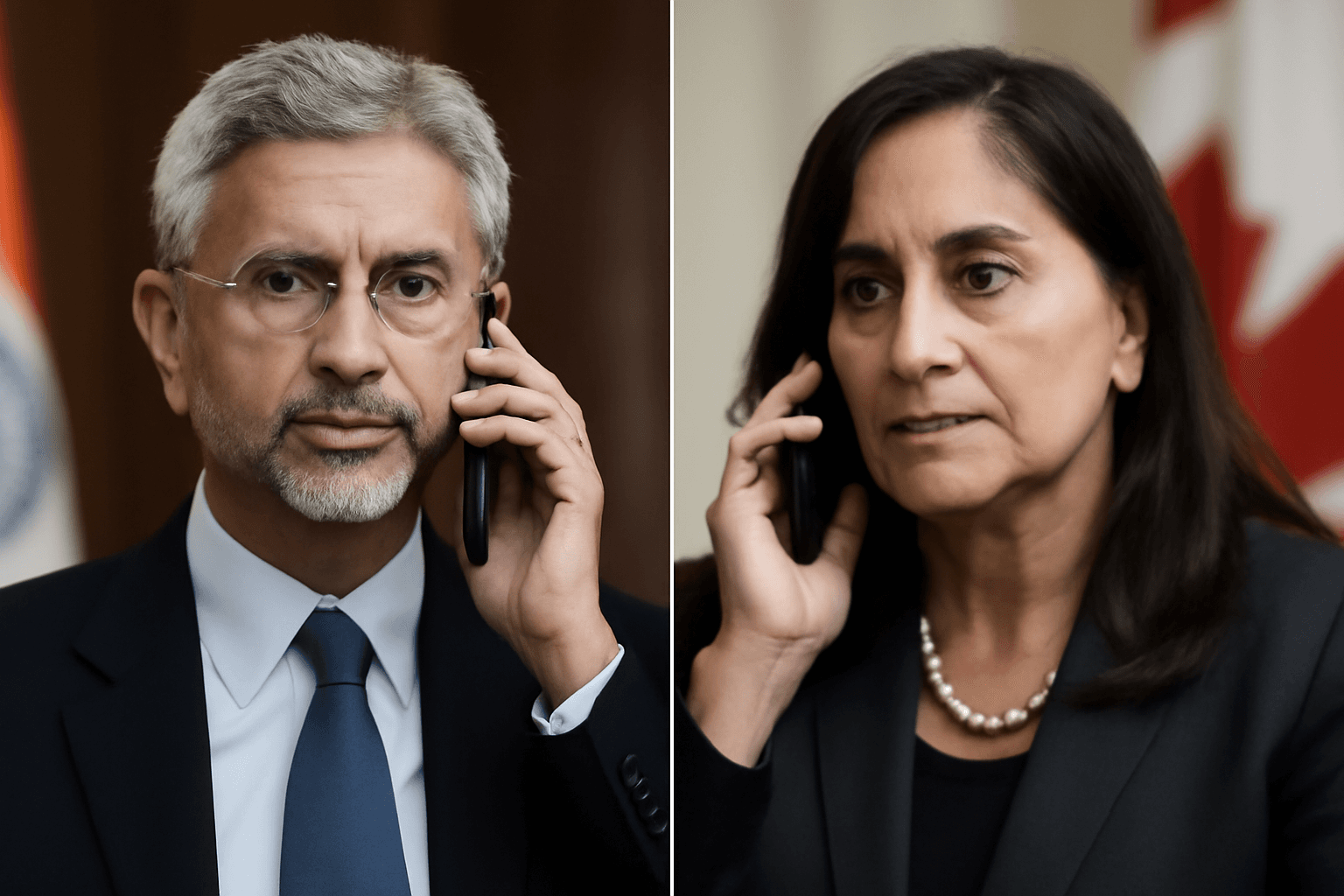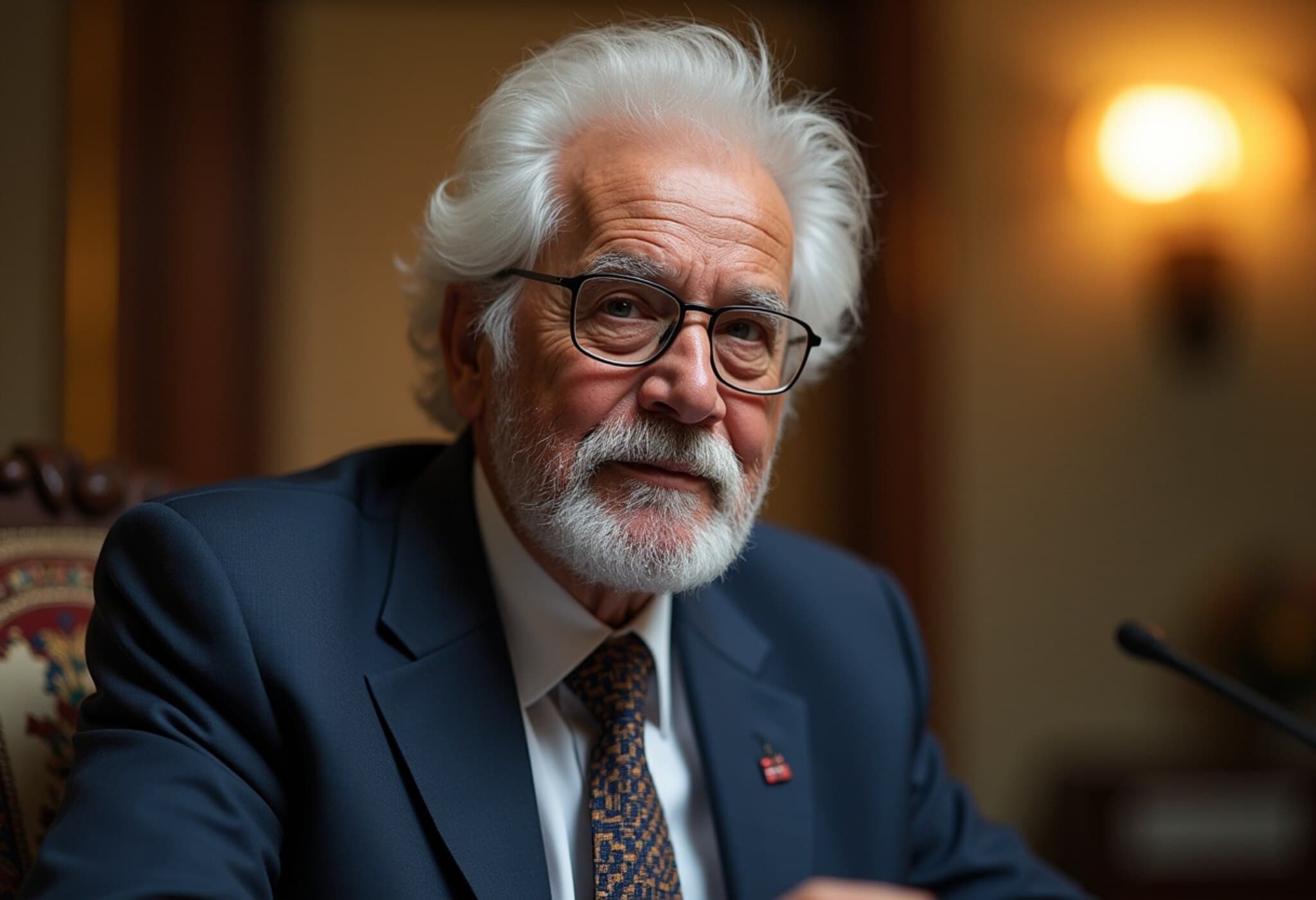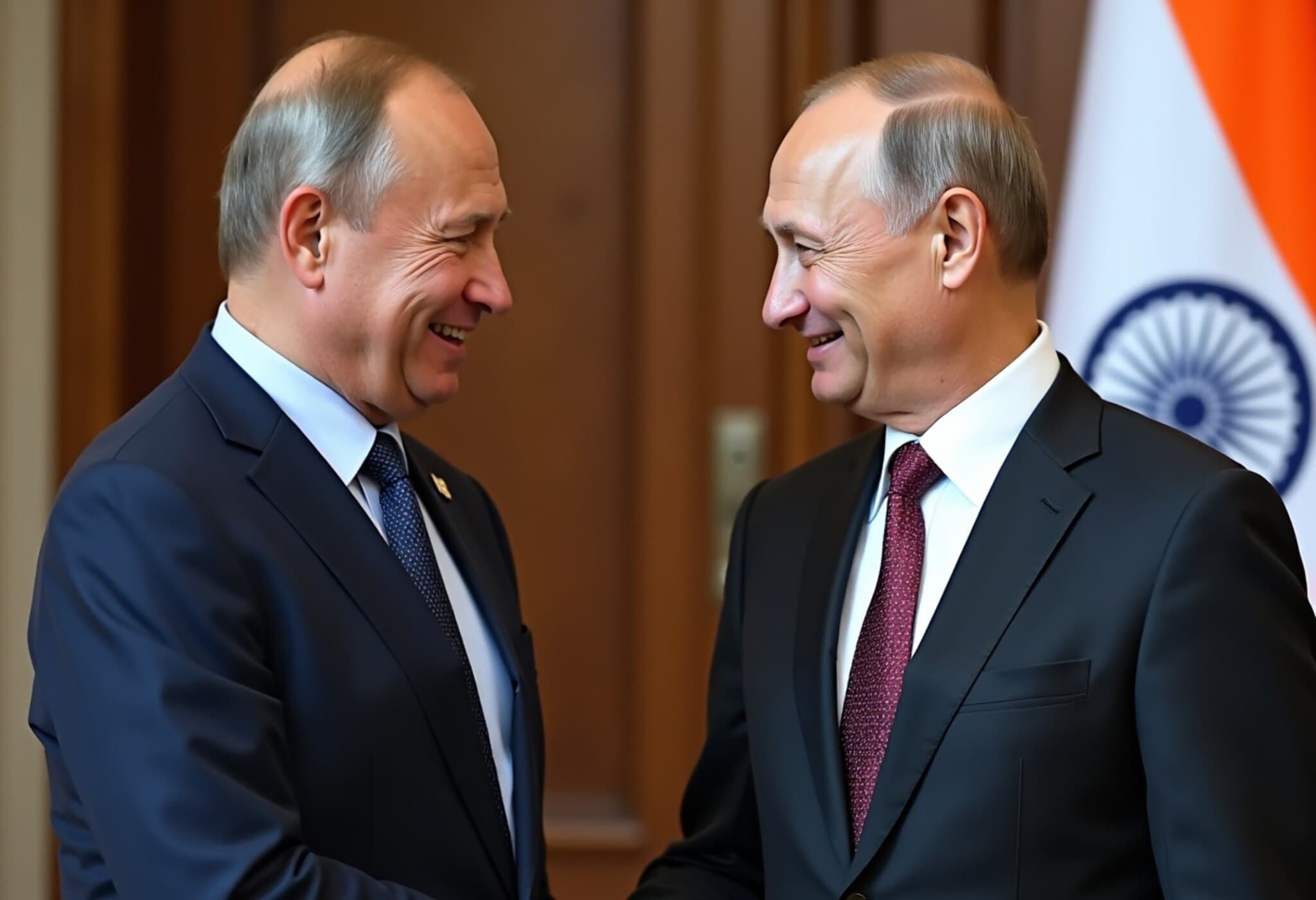Unraveling the Truth Behind Trump's Statements on India
Over recent months, former US President Donald Trump has made a series of public assertions about India that have stirred significant debate. From trade disputes to diplomatic claims, many of his comments have been challenged for their accuracy and context. A thorough fact-check reveals a pattern of oversimplifications and factual errors that not only risk misleading audiences but also complicate the nuanced relationship between the world’s largest democracy and the United States.
Trade and Tariffs: Debunking the “Tariff King” Label
One of Trump's frequent jabs at India involves branding it the “Tariff King,” accusing it of imposing high, restrictive trade tariffs that unfairly block US exports. While tariffs are a widely discussed tool in global trade negotiations, this characterization does not withstand scrutiny.
According to the World Trade Organization and independent economic data, India’s average simple tariff stands near 16%, placing it in the same league as countries like Bangladesh (14.1%) and Turkey (16.2%). More important is the weighted average tariff, around 4.6%, reflecting the actual burden on goods traded internationally. This figure shows India’s tariff regime is far from draconian and relatively moderate compared to global peers.
Critics often overlook the fact that tariffs are just one dimension of a complex trade relationship, which also includes services, investments, and intellectual property — areas where India and the US continue to collaborate dynamically.
Energy Security and Russian Oil Imports: Separating Fact from Fiction
Trump recently claimed India “no longer is going to be buying oil from Russia,” framing it as a strategic pivot aligned with US interests. However, official Indian statements categorically deny such a halt. India, prioritizing energy security for its population of 1.4 billion, bases its oil imports on market conditions, price, and supply reliability.
This misrepresentation glosses over India’s nuanced foreign policy, which often balances strategic partnerships across multiple fronts rather than aligning exclusively with any single country’s demands.
Diplomatic Claims: The Ceasefire and Kashmir Controversies
One of the more striking claims from Trump involves asserting credit for brokering a ceasefire between India and Pakistan during heightened conflicts. He suggested US trade leverage pressured both nations to avoid escalating into nuclear confrontation. Yet, Indian officials, including Prime Minister Narendra Modi and External Affairs Minister S. Jaishankar, have explicitly denied any US role in such a ceasefire, emphasizing bilateral resolution through established channels without external mediation.
Trump’s historical remarks on Kashmir also drew scrutiny. By framing the Kashmir dispute as a millennia-old conflict, he ignored the fact that the current territorial dispute dates back only to 1947, following the Partition and the accession of Jammu and Kashmir to India. Moreover, his assertion of Modi requesting US mediation on Kashmir was directly refuted by India’s Ministry of External Affairs, underscoring India’s persistent stance that such issues remain bilateral.
Economic Relations: Challenging Narratives About Job Loss and Trade
Trump’s long-standing narrative that India “takes American jobs” has fueled contentious debate. This view simplifies complex global economic interdependencies. Indian firms have in fact invested over $40 billion in the US, creating over 425,000 direct jobs across sectors from technology to manufacturing.
Furthermore, Indian-origin tech leaders helm some of America’s largest corporations, contributing to innovation and competitiveness. Indian students also represent a vital aspect of cultural and educational exchange, contributing about $7.7 billion to the US economy in the 2019–20 academic year alone.
Climate Commitments and International Agreements
Another notable claim by Trump was his justification of US withdrawal from the Paris Climate Agreement, suggesting India received a “sweeter deal.” In reality, India was one of the first G20 nations to meet its emission reduction goals, showing leadership in sustainable development and climate action within the global community.
Conclusion: Why Accuracy Matters in Diplomacy and Public Discourse
Understanding the complexities of India-US relations requires moving beyond oversimplified rhetoric to appreciate the multifaceted economic, strategic, and diplomatic engagements. False or misleading claims risk eroding trust and misinforming public opinion on critical international issues.
This case study also underscores the need for media literacy and critical evaluation of political statements, especially in an era where misinformation can spread rapidly across digital platforms.
Editor’s Note
As global geopolitics become increasingly intertwined, accurate representation and respectful acknowledgement of sovereign policies remain vital. This fact-check highlights how rhetoric can shape narratives with lasting consequences. Readers are encouraged to remain inquisitive, seek diverse perspectives, and consider the broader context behind headline claims — especially regarding international affairs.

